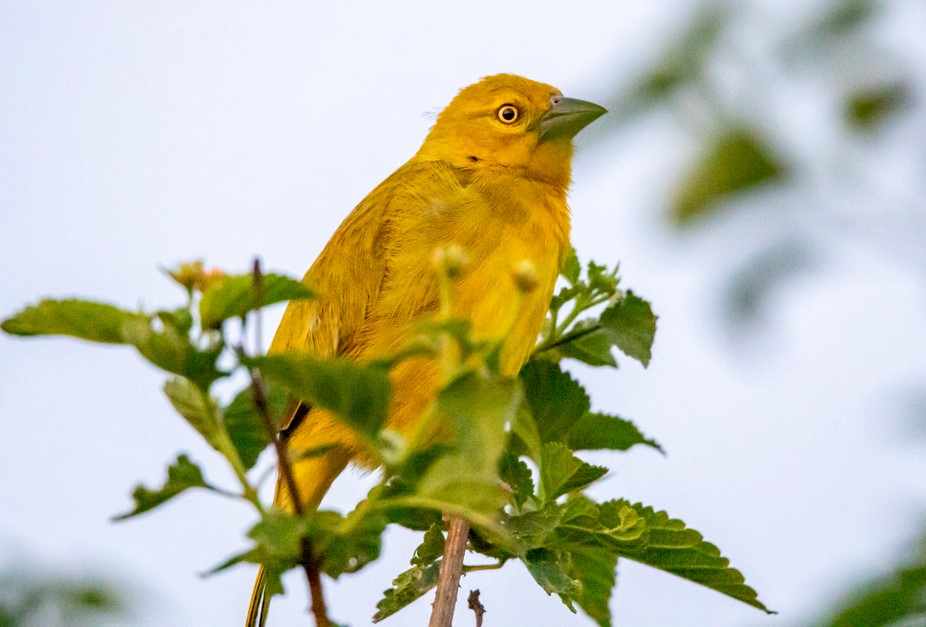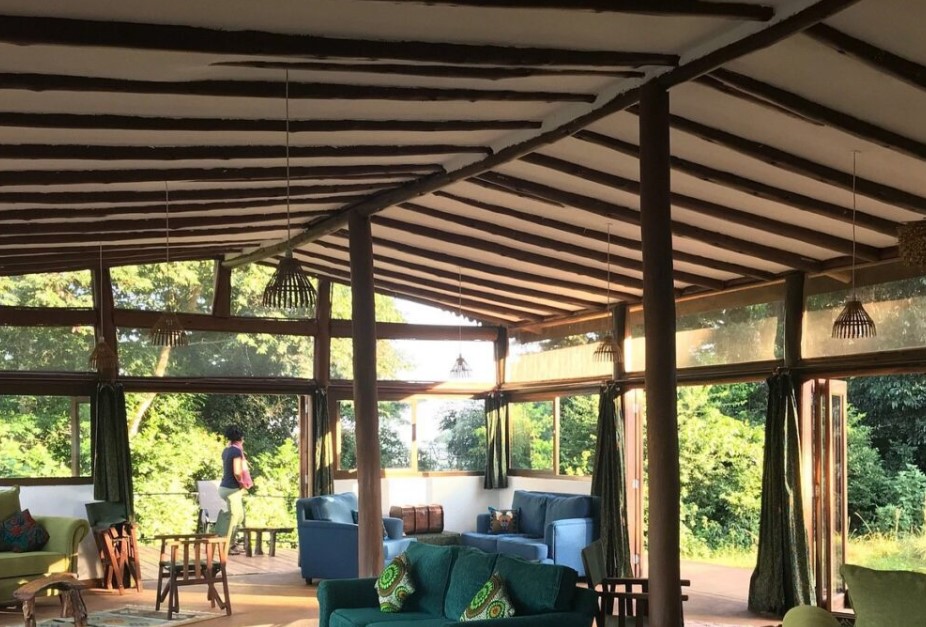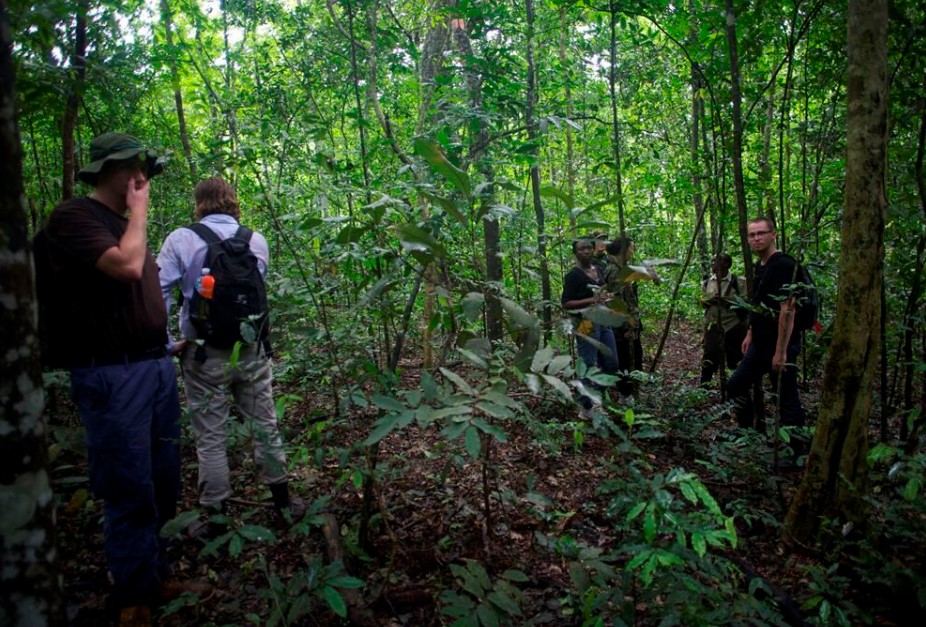Best Time to do Leopard Tracking in Queen Elizabeth National Park.
Queen Elizabeth National Park is one of the most splendid parks in Uganda, known for its diverse landscapes that include riverine areas, savannah grasslands, and woodlands. These varied habitats are home to a wide range of wildlife species, including four of the “big four”: lions, elephants, buffalo, and leopards. The park is located in the southwestern region of Uganda and covers an area of approximately 1,978 square kilometers. Queen Elizabeth National Park is unique in Uganda as it offers leopard tracking, allowing visitors to get close to these elusive animals in their natural habitat. Many leopard enthusiasts interested in a tracking safari in Uganda often inquire about the best time to undertake this experience. This article aims to guide you on the best time to do leopard tracking in Queen Elizabeth National Park, which can be visited throughout the year.
The park is one of those places in Uganda with the highest concentration of leopards. Leopard tracking is conducted by the Uganda Carnivore Program, which is dedicated to protecting the carnivorous animals within the park. The region experiences two climatic seasons: there are two dry seasons (from June to September and December to February) and two rainy seasons (from March to May and October to November).
Leopard Tracking Experience in Queen Elizabeth National Park.
Leopard tracking in Uganda is a must-try activity for any leopard enthusiast on an African safari. This guided experience is conducted by researchers from the Uganda Carnivore Program and armed game rangers from the Uganda Wildlife Authority. They ensure your safety while providing valuable insights about leopards and other wildlife you may encounter.
During this activity, GPS collars are gently fitted on the leopards, allowing the researchers and rangers to track them using a GPS system. There is a 98% chance of spotting leopards while participating in this activity, which is significantly higher than during typical game drives, where it can be quite challenging to see them. When you do spot a leopard, you will have the opportunity to learn about their behavior and capture clearer photographs.
The Best Time to do Leopard Tracking in Queen Elizabeth National Park.
Dry season.
The best time for leopard tracking in Queen Elizabeth National Park is during the dry season, which runs from June to September and from December to February. This period is characterized by little to no rainfall, making it ideal for tracking leopards in Uganda. During the dry season, the roads are accessible and easy to navigate, allowing you to reach the tracking areas within the park.
Additionally, the vegetation in the park becomes short and sparse during this time, enhancing the visibility of leopards. This provides an excellent opportunity to observe their behaviors and capture clear photographs of them in their natural habitat.
Wet Season.
Tourists interested in leopard tracking in Uganda can visit Queen Elizabeth National Park during the wet season, also known as low season. The rainy months are March to May and October to November, which are characterized by heavy rainfall. During this time, the roads in the park can become muddy, making it difficult to access the tracking trails. Additionally, the vegetation grows tall and lush, which can obstruct views of leopards and make it challenging to take clear photographs.
Despite the heavy rains, the wet season does attract some visitors, and those who choose to travel during this time can benefit significantly. Many lodges offer discounts to guests, which helps lower travel costs, making it particularly advantageous for budget travelers who often have limited funds.
How to Access Queen Elizabeth National Park.
Queen Elizabeth National Park can be accessed via both air and road transport. Visitors travelling by road from Kampala have two main routes to choose from. The first route goes through Mubende, Kyenjojo, Fort Portal, and Kasese. The second route takes you from Kampala/Entebbe via Masaka, Mbarara, Bushenyi, and then to Kasese. For those coming from the Buhoma sector of Bwindi, the park can also be reached by driving through Kihihi and Kanungu.
For visitors who prefer to avoid long road trips, flights are available for a more convenient option. Airlines such as Aerolink Uganda and Bar Aviation Uganda offer flights to the park. These flights depart from Entebbe International Airport or Kajjansi Airport and arrive at either Mweya Airstrip or Kasese Airfield.






